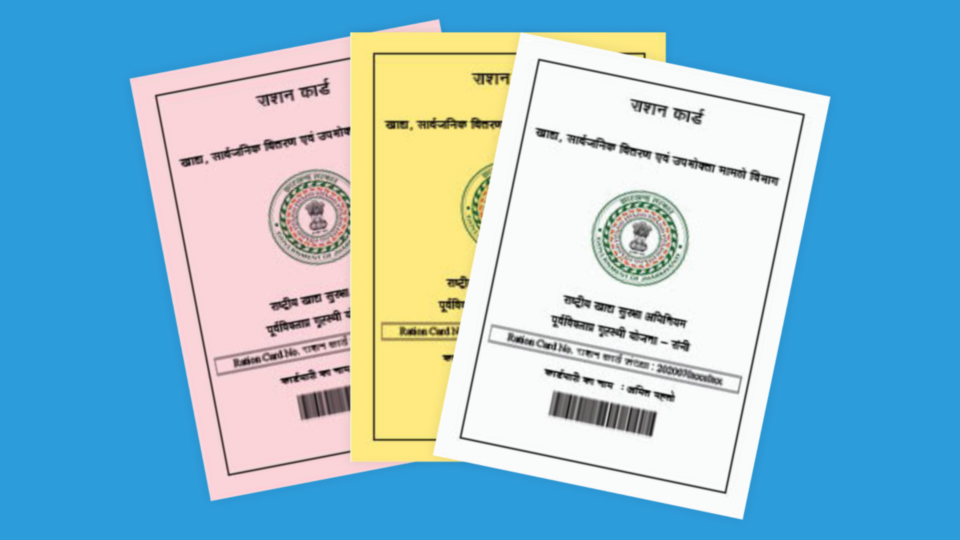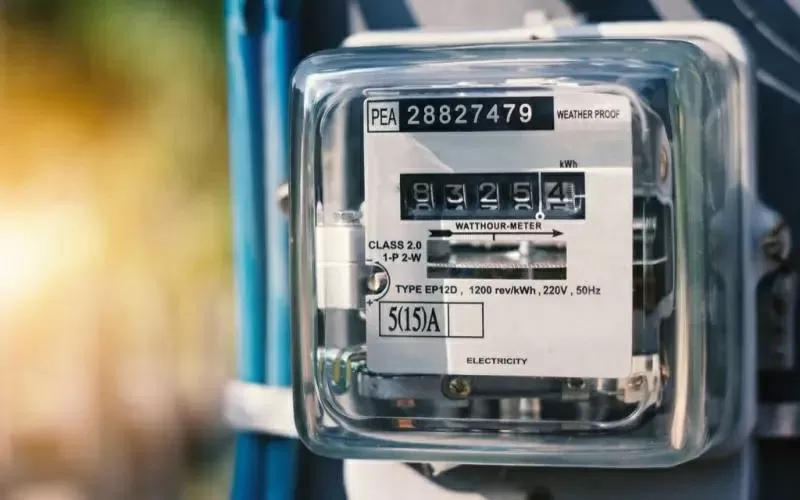Supreme Court has supported the Employees’ Pension (Amendment) Scheme, 2014, as the result of which the existing members of the Employees’ Provident Fund Organisation (EPFO), who have not opted for the higher EPS pension benefits earlier before 2014, can now do so with the help of their employers under next four months.

Employees Who Can Apply For Higher EPS Pension Coverage
According to the Employees’ Pension (Amendment) Scheme, 2014, “the existing EPS members (as on September 1, 2014) along with their employers can contribute up to 8.33 per cent of their ‘actual’ salaries — as against 8.33 per cent of the pensionable salary capped at Rs 15,000 a month — towards pension.”
In a recent decisive session, SC has also removed a requirement mentioned in the 2014 amendments in which the employees were to contribute 1.16 per cent of their salary share if basic pay exceeds 15,000 a month.
But the calculation method for the pension contribution for the employer is still the same as mandated in 2014. That means, even if the basic pay is higher than ₹15,000, the employer’s pension contribution share will still be calculated on the pay of ₹15,000 only.
“However, the new SC ruling has offered a chance to employees who were members of the EPS as on September 1, 2014, and had been making a higher contribution to the EPS – i.e., contribution on their actual salary if it was higher than Rs 15,000 per month. These employees are now required to give a joint declaration, along with their employer, to the EPFO in order to continue making contributions on the higher amount. This declaration must be given within four months from the date of the judgement, which is November 4, 2022. That means the last date to submit the declaration is March 4, 2023. For employees making this declaration, the pension will be calculated on their higher salary (and not at the capped Rs 15,000 per month)”, mentioned by kalingaTv.
Also read:
Data Protection Bill Got Modified, Penalty Up To ₹200 Cr
SC mentioned that the members do not have the authority to make higher contributions towards their EPF accounts under Section 6A of the EPF Act (under which the EPS was framed).




